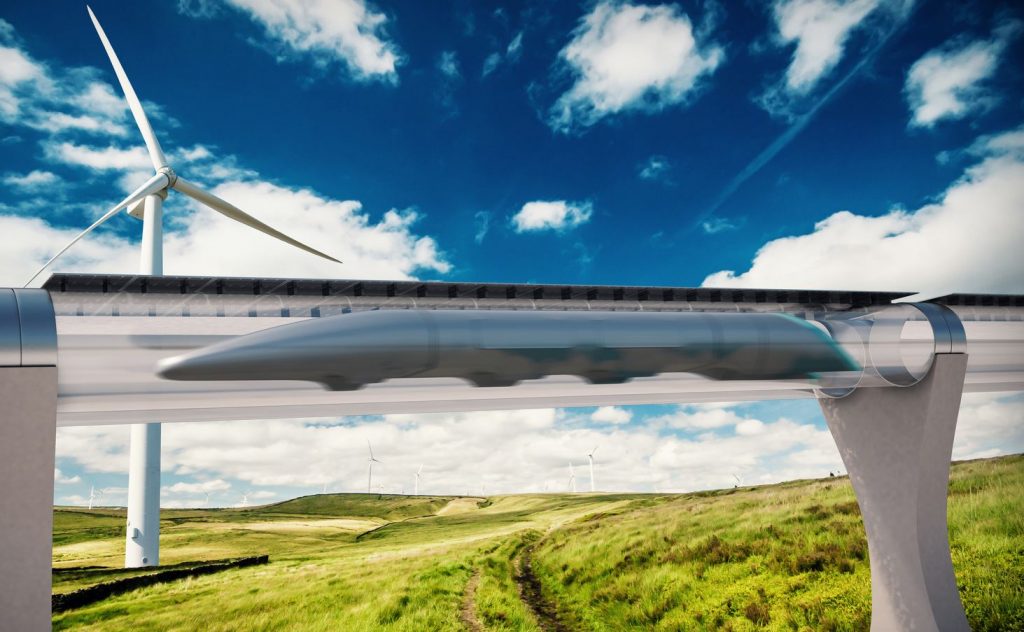Levitating, traveling underwater, and outrunning planes are just of a few of the amazing things the world’s next generation of transportation will be expected to accomplish. In the early 1900s, automobiles were reserved for the wealthiest members of society, and now, just a century later, we are on the verge of the greatest transportation explosion in history that could revolutionize cities around the globe.
Autonomous Vehicles
Cars that can operate without human interference will not only make highways and roads safer, but they will also take the strain out of commuting. Despite what critics say about autonomous cars, this emerging technology is here to stay. What it will mean for Uber and Lyft drivers (since both companies are planning to make use of the innovation) has yet to be revealed. What we do know is that driverless cars will reshape how we define transportation.
Hyperloop
The fastest speeds were thought to be reserved for pilots and astronauts. Who would have thought the typical commuter could travel 1,200km per hour? Trips that would have normally taken hours will be reduced to minutes. The Hyperloop travels, while levitating, through low-pressure tubes that are propped several feet above the ground. The task of designing the Hyperloop has been outsourced to Universities, where students in civil engineering masters courses as well as graduates from other degree programs are discovering ways to ensure the safety of passengers while promising the greatest possible efficiency.
Solar Powered Vehicles
Driving a solar powered car may be a reminder of the way things were always meant to be. Imagine never having to pay for another gallon of gas. The concept is similar to that of electric cars, only you wouldn’t need costly resources, like direct current, since solar panels would convert energy from the sun into electricity.
3D Printing
The 3D printers are already making their way into the homes of consumers all over the world, but vehicle manufactures have bigger hopes for one of the newest tech sensations. Companies like Local Motors are already manufacturing cars from ABS plastic and carbon fiber. Consumers may have lower costs to look forward to, but perhaps the greatest benefit of 3D printed cars will be reduced fossil fuels and the use of recycled materials.
Scientist have always been in search of more efficient ways to get around, to travel further, and at greater speeds. And now, for the first time, we have the technology to conceive many of the things inventors have been dreaming about since the dawn of motorized transportation.

